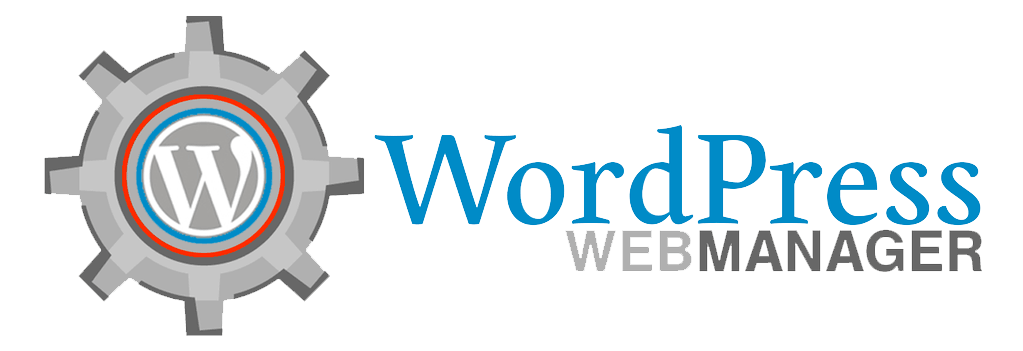How to install WordPress plugin for your website?
Building a website is far much easier to do than before. Gone were the days when you need to know about coding and other stuffs to be able to build a website. Those days, the word “developing” was the norm. These days, we only talk about “designing”. This due to the invention of content management systems (CMS). Content management systems are platforms where you see already made websites and design them to your taste. This designing process involves a series of “drag and drop” actions. You simply drag the particular feature you want and drop it where you want it on your website. Talking about website and its features, there are quite a few. However, permit me to narrow them into two, namely content and plugins. Contents are the visible features which web users see whenever they visit your website while plugins are those mechanisms getting your website to display certain features.
Back to addressing content management systems, WordPress is one that usually comes to mind. This is due to a number of reasons. One of them is simplicity. Efficiency and the ability to work with other plugins make WordPress the top of most people’s list. Since we already understand what plugins are, we will get down to how to install WordPress plugin for your website. Lest we forget, remember I was saying that WordPress could work with other plugins. Yes, WordPress can work with woocommerce smart coupons such as woocomerce mix and match amongst others. Therefore, here is a systematic process on how to install a WordPress plugin for your website.
Search for the plugin you want
This is the basic step to installing a plugin on your website. You need to search for the plugin you want. WordPress plugin directory is one of the most effective methods to search for plugins. The only disadvantage is that the directory only contains a few plugins. By few, I do not mean the exact amount. When I say few, I am comparing that number to the other available plugins outside the directory.
Install directly from directory
This is the method for uploading plugins available in the directory. Once you locate the plugin you want in the directory, all you need do is to click on the install button. Once you do this, WordPress will download and install the plugin for you. Once you do this, WordPress will present you with a link to activate the plugin or option to return to directory. Kindly note that you have to activate the plugins for them to start functioning on your website.
Install through Admin Plugin
You can use this method when you are getting your plugin from outside of the directory. You will first download the plugin file in zip format. Then your login to your admin area. After this, you go to the plugin section and click on the “add new” button. At the top of the page, you will see the option to “upload plugin”. Click on it and select the file from your computer to upload it. You will see a page notifying you that the upload was successful. Do not forget to click on the activation link to activate it else, it will not be available for use.
Install using FTP (File Transfer Protocol)
This is not for beginners as the process can be quite stressful. This becomes necessary when WordPress file restrictions stops you from installing a plugin via the admin area. First, you will download the file also in zip format. After this, you will proceed to unzip the file. This will result in you getting a folder bearing the same name with the original file. You will then proceed to connect to your sites server using FTP. Once you are in, navigate to wp-content folder installation on your website. Once you can locate it, upload the unzipped folder on to your web folder (/wp-content/plugins/). After doing this, login to your admin page and navigate to the plugin page. You will find the new plugins among your plugins. You will still click on the activation link as always to activate it.
You can always contact your web host for your login details if you are using the FTP install method. Also, always remember to activate and configure it. Your plugins will not function or be available for use if you do not activate them.



